***
Cualquier intento por abarcar la historia del teatro para niños en México requeriría una buena dosis de trabajo detectivesco—más adecuado para alguien como Sherlock Holmes—no solo porque se remonta a muchos siglos atrás, sino, sobre todo, por la escasa y dispersa información disponible. Investigadores como Felipe Reyes Palacios y Hugo Salcedo han publicado diversas aproximaciones a esta historia, pero ambos inician su recorrido en los albores del siglo XIX, y a partir de lo que se considera el México Independiente. Sin embargo, hubo un México antes de ese México.
De acuerdo a la leyenda que ha quedado consignada en el Códice Boturini o Tira de la Peregrinación, algunos grupos de migrantes provenientes de un lugar mítico llamado Aztlán, llegaron a la cuenca de México y se asentaron en un islote del lago de Texcoco fundando su ciudad- estado: México-Tenochtitlan, que es el primer México del que tenemos noticia. La historia del teatro para niños en general durante este tiempo, está cubierta de misterio y, hasta ahora, no ha sido considerada en relación a la historia del teatro mexicano para niños.
Si buscamos en los textos de los cronistas algo tan específico como “teatro para niños”, nos vamos a encontrar con las manos vacías. Porque el concepto de un teatro diseñado específicamente para audiencias jóvenes, es muy reciente. Sin embargo, la lógica nos dice que los niños han estado expuestos a diversas manifestaciones escénicas a lo largo del tiempo. El camino entonces nos lleva a identificar esas manifestaciones escénicas y deducir cuáles serían aptas para niños.
Para estudiar este tipo de representaciones, que, hasta donde sabemos hoy, no involucraban un texto dramático - ya que las antiguas culturas de Mesoamérica eran esencialmente orales -, debemos valernos de las descripciones de los cronistas del siglo XVI, quienes de primera mano consignan lo que ven. Las representaciones escénicas en ese tiempo, como los bailes y cantos, parecen haber sido un divertimento profano que se realizaba en la casa de los señores y no en los templos o plazas públicas.
En una descripción de tales representaciones, Fray Bernardino de Sahagún habla de una especie de titiritero: Teuquiquixti, “quien hace saltar a los dioses”. De esta descripción podemos deducir que, en su origen, los temas de las representaciones estaban ligados a la mitología nahua y los personajes eran deidades. Sin embargo, en los últimos tiempos, ya eran profanos pues los personajes eran mujeres y hombres, no dioses. Sahagún también nos habla de una especie de faquir o ilusionista al que llama “El destrozador”, quien estaría relacionado con la creación de ilusiones y que al igual que los magos modernos, podía cortar a personas y luego unirlas otra vez sin producirles ningún daño.
A partir de estas descripciones podemos deducir que los niños del México antiguo tenían a la mano representaciones de algo muy parecido a lo que ahora conocemos como titiriteros e ilusionistas. Con la llegada de los europeos, dos concepciones escénicas diferentes se fusionan para generar algo nuevo. Por un lado, la fiesta mesoamericana, donde la oralidad, la música y la corporalidad son los elementos principales. Por el otro, el teatro europeo, donde el discurso y la palabra escrita tienen el papel protagónico. Así las cosas, no sorprende que entre las primeras noticias de teatro para niños que tenemos en el siglo XIX, figuren obras para títeres y zarzuelas.
En 1835 se funda la Compañía de títeres Rosete Aranda, la cual se mantiene activa por los escenarios del país hasta 1958. En los años posteriores a la Revolución Mexicana, la familia Cueto integrada por Germán, su esposa Lola y luego su hija Mireya, destacan como titiriteros. En épocas más recientes, compañías como La Trouppe y Marionetas de la esquina, tienen a payasos y títeres como sus protagonistas, y en la década de 1990, Ednovi, “el ilusionista de México”, es pionero con obras como Abracadabra, El misterio de los espejos y El otro mago de Oz, de un teatro para niños donde la magia es el atractivo principal.
Sin embargo, esta continuidad no solo existe en los formatos y técnicas utilizadas desde el México antiguo hasta nuestros días, sino también, en ciertas temáticas. La especialista en teatro para jóvenes audiencias, Yoloxóchitl García, identifica un interés recurrente del teatro para niños mexicano en la reinterpretación de la mitología y la historia nacional. Algunos ejemplos de esto los podemos encontrar en obras como Popol Vuh de Luisa Josefina Hernández y La maravillosa historia del chiquito Pingüica de Sabina Berman, que reinterpretan mitos mayas. Incluso este año se estrenó la obra Salimos del mar y soñamos el mundo de Felipe Rodríguez, que retoma mitos huicholes en un montaje que involucra multimedia. Finalmente, Daniel Loyola sigue presentando en festivales su obra Coatlicue 2.0, en la cual la diosa de la tierra nos guía en un recorrido caleidoscópico desde la creación del mundo hasta el México contemporáneo.
Entonces, de alguna manera, parecería que las representaciones para niños en el México del siglo XXI siguen nutriéndose del otro México, ese que se pierde en las brumas del recuerdo, de las historias de las abuelas, en la leyenda.
Y podemos preguntarnos por qué a pesar de los avances tecnológicos y la deslumbrante modernidad, todavía alguien decide dirigir su mirada hacia el pasado. Pero, tal vez esto tiene que ver con las concepciones del tiempo. Los antiguos mayas pensaban que el tiempo era cíclico, y cuando querían saber lo que iba a pasar en el futuro, solo tenían que ver lo que ya había ocurrido en el pasado. Así las cosas, parecería que este pensamiento sigue vivo en el inconsciente colectivo, y que algunos creadores, siguen encontrando en la reelaboración de mitos y leyendas, las preguntas adecuadas para que los niños de hoy puedan pensar sobre el mundo en el que viven.


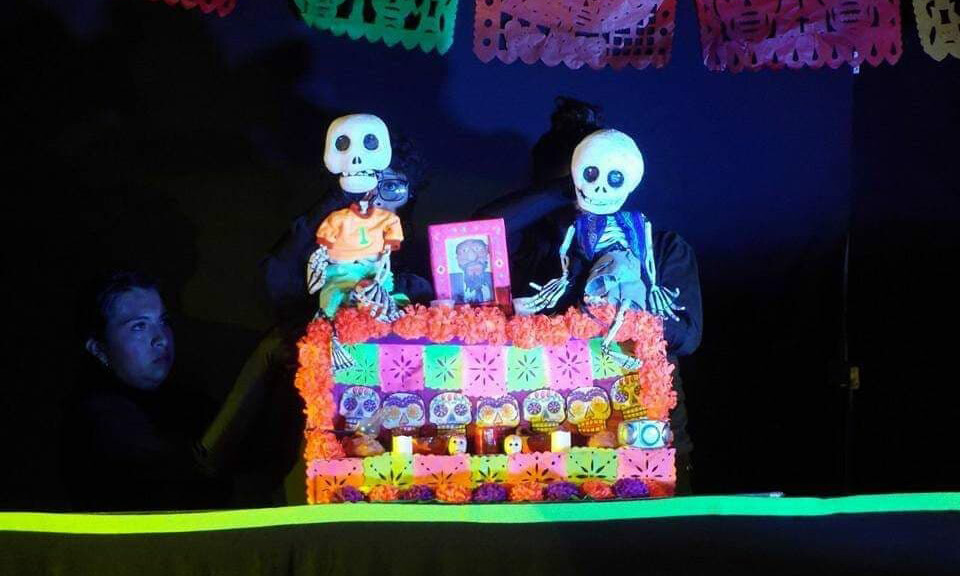
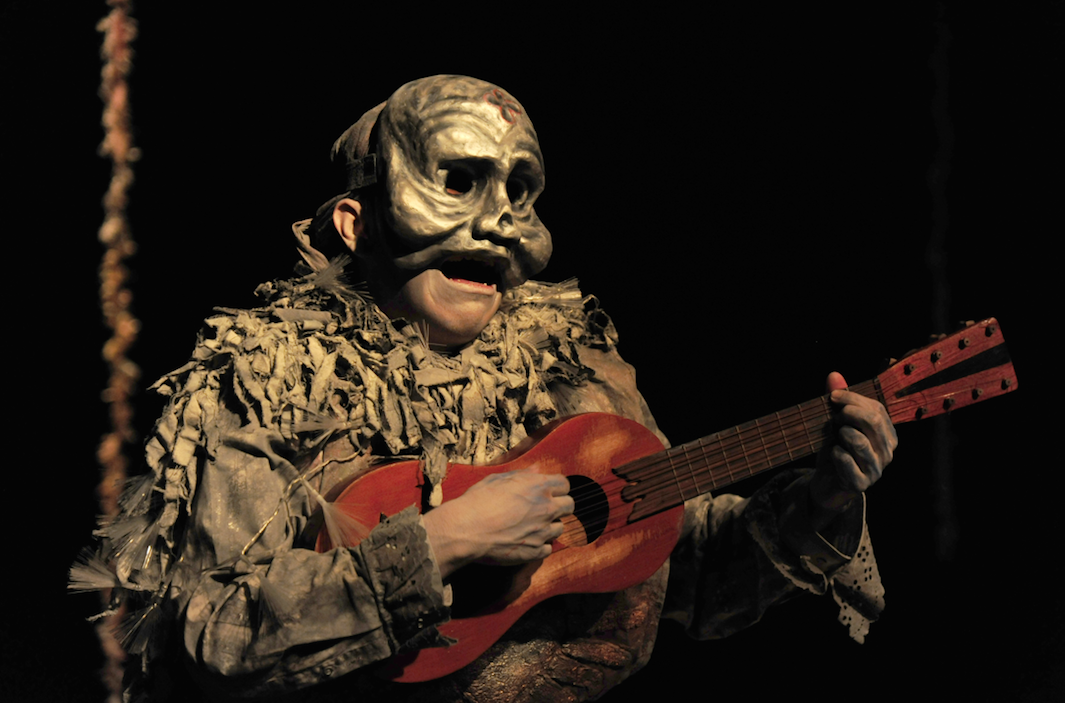

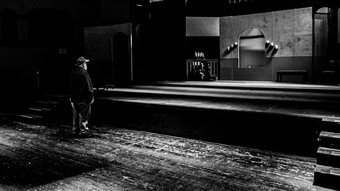


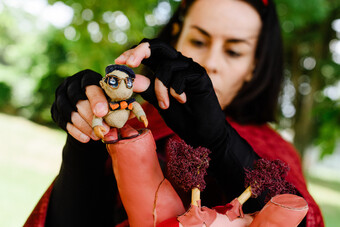

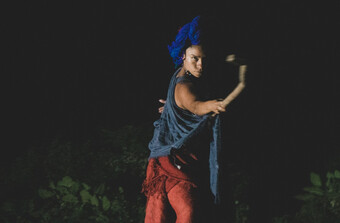

Comments
The article is just the start of the conversation—we want to know what you think about this subject, too! HowlRound is a space for knowledge-sharing, and we welcome spirited, thoughtful, and on-topic dialogue. Find our full comments policy here